Accelerate Innovation: How Adopting a Scalable Platform Architecture Can Speed Product Development
October 12, 2020
Whitepaper
OEMs looking to effectively improve their competitive position with new product introductions need to adopt a platform strategy for their products. Such a strategy allows manufacturers to develop an..
OEMs in nearly every industry are becoming software-driven. But while software can provide differentiation, inefficiencies in internal development teams can throttle product innovation and lengthen time to market. These inefficiencies are often based on a growing array of one-off design decisions, each leading to different hardware and software technology choices that need to be managed and supported by some of the company’s most valuable development resources. OEMs need their software development organizations to quickly and cost effectively improve their competitive position through new product introductions (NPIs) and by adding in-demand features and capabilities to existing product lines. One solution is the migration to a standard, scalable platform based on a single processor architecture and commercial operating system (OS). With a standard platform architecture for all products, OEMs can take advantage of proven methods to accelerate product innovation and time to market, make better use of limited developer resources, and reduce development inefficiencies and costs.
Download Whitepaper




